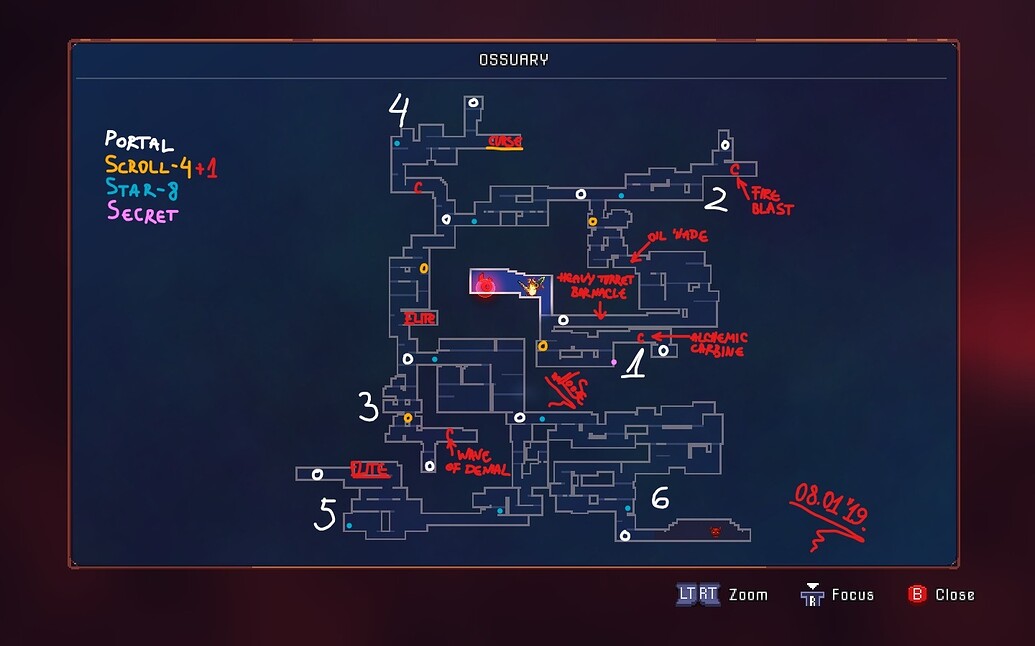

Simultaneously, innovations in chemical structure and manufacturing processes of nucleic acid-based therapeutics (NBTs) have added a powerful modality to small-molecule approaches to access these networks 4. It has since become clear that these newly discovered long non-coding RNA (lncRNA) transcripts have important biological functions and are core players in the vast RNA-based regulatory networks that affect all aspects of intracellular protein synthesis 2, 3. The research revealed that, surprisingly, while approximately three-quarters of the genome sequence is transcribed, only around 1% of the human genome codes for proteins 1. The breakthrough moment in this area came in the early 2000s, after the completion of the human genome project.

While efficacious in many contexts, this paradigm had not been easily applied to the multitude of diseases that are caused by insufficient expression of biologically vital proteins. In general, it has been easier to find such molecules with inhibitory or antagonistic effects 1. Traditionally, therapeutic development involved the discovery of protein-targeting small molecules. This Review highlights emerging RNA-targeted therapeutics for gene activation, focusing on opportunities and challenges for translation to the clinic. Such approaches can directly target the stability of mRNAs or modulate non-coding RNA-mediated regulation of transcription and translation. In addition to RNA-targeting small molecules, new nucleic acid-based therapeutic modalities that allow highly specific modulation of RNA-based regulatory networks are being developed. Recent discoveries of the extensive regulatory networks formed by non-coding RNAs offer alternative targets and strategies to amplify the production of a specific protein. Protein replacement and gene therapy can achieve the goal of increased protein expression but have limitations. However, in drug development, it has been historically easier to develop drugs with inhibitory or antagonistic effects.

Do not skip the High Peak Castle because it’s important to collect the scroll fragments.ĥBC - Same as 4BC (Astrolab has a food shop so save your gold for that).Many diseases are caused by insufficient expression of mutated genes and would benefit from increased expression of the corresponding protein. Also avoid the Caverns unless you really want to DIE). (I recommend fighting the Giant here because you will need practice for fighting the Giant on 4BC to get the fifth boss Cell. PQ -> Toxic Sewers -> Corrupted Prison -> Ramparts -> Insufferable Crypt (3BC+ door) -> Graveyard-> Forgotten Sepulchre -> Giant/TimeKeeper -> HPC -> HotK On 3BC, irrespective of which first boss you fight, you can face any of the three second stage bosses. Slumbering Sanctuary does not have a food shop either, so Stilt Village should be preferred unless you want to have fun.ģBC/4BC - Here’s where I actually have a specific route. Ramparts/Ossuary both have one so go down this route. It’s actually fairly liberal here as to what biomes you want to go to.ĢBC - Avoid going to the Ancient Sewers because there is no food shop here. Ossuary is probably the best stage 3 biome. ALWAYS GO TO THE OPTIONAL BIOMES FOR THE CURSED CHESTS. (I have personally no-hit the biome on 5BC several times). The sewers are much better in terms of gear and there are no traps here so you can easily get 60 Kills. Collect all the runes because you’ll need them for 1BC or higher.ġBC - Go to the Toxic Sewers instead of the Promenade of the Condemned. FOR MAXIMUM FRAGMENTS, JUST GO TO THE HARDEST BIOME AT EVERY STAGE (28 Fragments on 4BC)ĠBC - Do the general route (The one that doesn’t need any runes). NOTE : THE ROUTES MENTIONED HERE ARE BALANCED ROUTES FOR RELATIVELY EASY COMPLETION WHILE TRYING TO GET AS MANY SCROLLS/FRAGMENTS AS POSSIBLE.


 0 kommentar(er)
0 kommentar(er)
